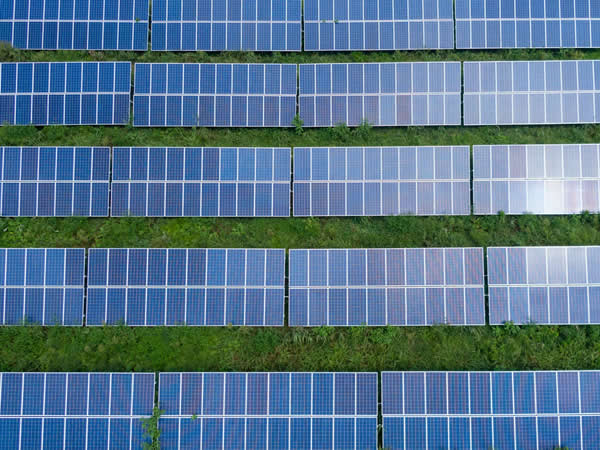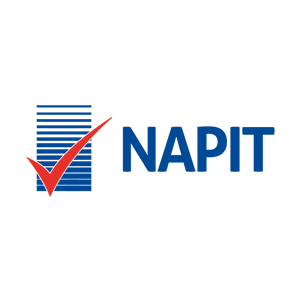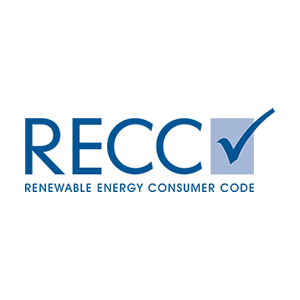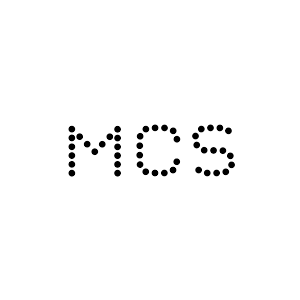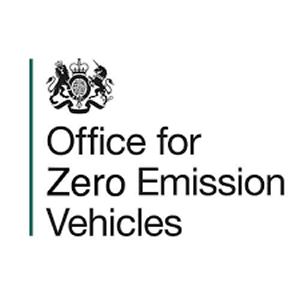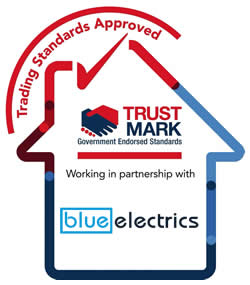Investing in solar energy is a fantastic way to reduce your electricity bills and your carbon footprint. However, understanding the technical aspects of how your solar system works can be crucial in making informed decisions. One common situation that solar homeowners might encounter is the concept of inverter curtailment, especially when they have a high-capacity PV array and fully charged batteries. Let’s explore this scenario and understand what happens to the excess energy produced by your solar panels.
The Scenario
Imagine you have the following setup:
- Inverter Capacity: 5kW (maximum AC output)
- PV Array Capacity: 10kW (maximum DC input)
- Battery Storage: 10kWh (fully charged)
- Export Limit: 4kW (maximum power you can send back to the grid)
- House Load: 1kW (current energy consumption)
In this case, your PV array can generate up to 10kW of power. But since your inverter can only convert up to 5kW of DC power to AC power for use in your home or export to the grid, the situation requires some management.
Energy Distribution
Let’s break down the energy flow:
- House Load: 1kW of the generated power is used to meet your home’s energy needs.
- Export to Grid: Up to 4kW can be sent back to the grid because of the export limit.
This means:
- Power Needed: 1kW (house load) + 4kW (export) = 5kW
The inverter can handle this 5kW AC output perfectly. However, the PV array is generating 10kW, so we have:
- PV Generation: 10kW
- Usable Power: 5kW (1kW for house + 4kW for export)
- Excess Power: 5kW (10kW – 5kW)
Curtailment: Managing Excess Energy
The remaining 5kW (10kW PV generation – 5kW usable power) can’t be used or stored because your batteries are fully charged, and your inverter’s capacity is maxed out. So, what happens to this excess energy?
Curtailment: The inverter will limit the PV array’s output to prevent generating more power than it can handle. This process is known as curtailment. In technical terms, the inverter adjusts the operating point of the PV array to reduce its output. Here’s how it works:
- Voltage and Current Adjustment: The inverter controls the voltage and current from the PV array. By reducing the current, it effectively reduces the power output.
- Maximum Power Point Tracking (MPPT): Normally, the inverter uses MPPT to maximise the power output from your PV array. During curtailment, the MPPT algorithm adjusts to a point where the power output is reduced to match the inverter’s capacity.
Where Does the Excess Energy Go?
Physically, the excess energy isn’t “stored” or redirected; it simply isn’t generated in the first place. The solar panels receive sunlight and convert it to electricity, but the inverter controls the process so that only the required amount of electricity is produced. This means the energy that could have been produced is not harvested, leading to what is essentially a waste of potential solar energy.
What If Your Batteries Are Not Fully Charged?
If your batteries were not fully charged, the excess solar energy would be sent to the battery storage. Here’s how it would work in that scenario:
- House Load: The inverter first meets the 1kW house load.
- Export to Grid: Up to 4kW can be exported to the grid, if allowed.
- Battery Charging: Any remaining energy would be directed to charge the batteries until they reach full capacity.
For instance, if your PV array generates 10kW and your house load is 1kW, the sequence would be:
- 1kW goes to your house load.
- Up to 4kW can be exported to the grid.
- The remaining 5kW (if not limited by the export constraint) would be used to charge the batteries.
So, if the batteries can accept more charge, they will absorb the excess energy, reducing the need for curtailment.
Why Is This Important?
Understanding curtailment is crucial for several reasons:
- System Design: It highlights the importance of designing a balanced system where your inverter capacity matches your PV array size and expected loads.
- Energy Efficiency: Knowing about curtailment helps you optimise your energy usage and storage, ensuring you make the most of your solar investment.
- Future Planning: It can inform decisions about future expansions, such as adding more battery storage or upgrading your inverter to handle more capacity.
Conclusion
Curtailment is a vital aspect of solar energy management that ensures your system operates within its limits. While it might seem like wasted potential, it’s a necessary process to maintain the efficiency and longevity of your solar setup. By understanding how it works, you can make informed decisions about your solar investment and maximise your energy savings.
If you’re considering investing in solar energy or already have a system in place, keep these factors in mind to optimise your setup and make the most of the renewable energy your system generates.

